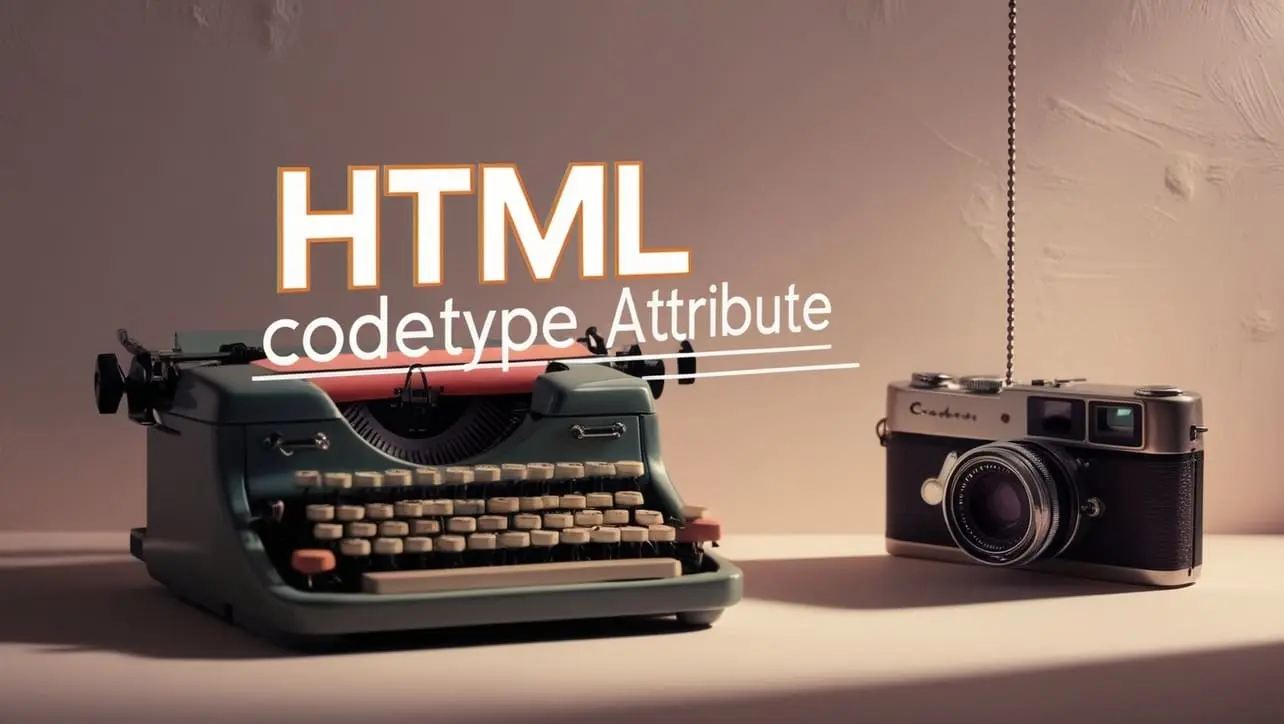
HTML Topics
- HTML Intro
- HTML Basic
- HTML Editors
- HTML CSS
- HTML Tags
- HTML Deprecated Tags
- HTML Events
- HTML Event Attributes
- HTML Global Attributes
- HTML Attributes
- abbr
- accept
- accept-charset
- accesskey
- action
- align
- alt
- archive
- as
- async
- autocapitalize
- autocomplete
- autofocus
- autoplay
- axis
- bgcolor
- border
- cellpadding
- cellspacing
- char
- charoff
- charset
- checked
- cite
- class
- classid
- codebase
- codetype
- color
- cols
- colspan
- compact
- content
- contenteditable
- controls
- coords
- crossorigin
- data
- data-*
- datetime
- declare
- default
- defer
- dir
- dirname
- disabled
- download
- draggable
- enctype
- enterkeyhint
- for
- form
- formaction
- formenctype
- formmethod
- formnovalidate
- formtarget
- frame
- frameborder
- frameset
- headers
- height
- hidden
- high
- href
- hreflang
- hspace
- http-equiv
- id
- inert
- inputmode
- ismap
- kind
- label
- lang
- list
- loop
- low
- max
- maxlength
- media
- method
- min
- multiple
- muted
- name
- novalidate
- onabort
- onafterprint
- onbeforeprint
- onbeforeunload
- onblur
- oncanplay
- oncanplaythrough
- onchange
- onclick
- oncontextmenu
- oncopy
- oncuechange
- oncut
- ondblclick
- ondrag
- ondragend
- ondragenter
- ondragleave
- ondragover
- ondragstart
- ondrop
- ondurationchange
- onemptied
- onended
- onerror
- onfocus
- onhashchange
- oninput
- oninvalid
- onkeydown
- onkeypress
- onkeyup
- onload
- onloadeddata
- onloadedmetadata
- onloadstart
- onmousedown
- onmousemove
- onmouseout
- onmouseover
- onmouseup
- onmousewheel
- onoffline
- ononline
- onpagehide
- onpageshow
- onpaste
- onpause
- onplay
- onplaying
- onpopstate
- onprogress
- onratechange
- onreset
- onresize
- onscroll
- onsearch
- onseeked
- onseeking
- onselect
- onstalled
- onstorage
- onsubmit
- onsuspend
- ontimeupdate
- ontoggle
- onunload
- onvolumechange
- onwaiting
- onwheel
- open
- optimum
- pattern
- placeholder
- popover
- popovertarget
- popovertargetaction
- poster
- preload
- readonly
- rel
- required
- reversed
- rows
- rowspan
- sandbox
- scope
- selected
- shape
- size
- sizes
- span
- spellcheck
- src
- srcdoc
- srclang
- srcset
- start
- step
- style
- tabindex
- target
- title
- translate
- type
- usemap
- value
- width
- wrap
- HTML Comments
- HTML Entity
- HTML Head
- HTML Form
- HTML IndexedDB
- HTML Drag & Drop
- HTML Geolocation
- HTML Canvas
- HTML Status Code
- HTML Language Code
- HTML Country Code
- HTML Charset
- MIME Types
HTML codetype Attribute

Photo Credit to CodeToFun
🙋 Introduction
The codetype attribute in HTML is used to specify the content type of the code contained within a <code> element.
This attribute helps browsers and other parsers to understand how to interpret the code within the element, ensuring proper rendering and execution.
🎯 Purpose of codetype Attribute
The primary purpose of the codetype attribute is to provide additional metadata about the content of a <code> element. By specifying the type of code contained within the element, developers can ensure correct processing and presentation of the code by user agents.
💎 Values
The codetype attribute accepts various values to define different types of code content. Some common values include:
- text/javascript: Indicates that the content of the <code> element is JavaScript code.
- text/css: Specifies that the content of the <code> element is CSS code.
- text/html: Indicates that the content of the <code> element is HTML markup.
- application/json: Specifies that the content of the <code> element is JSON data.
- text/plain: Indicates that the content of the <code> element is plain text.
📄 Implementation Example:
Let's look at an example of how to use the codetype attribute in an HTML document:
<!DOCTYPE html>
<html lang="en">
<head>
<meta charset="UTF-8">
<title>Example</title>
</head>
<body>
<p>Below is a sample JavaScript code:</p>
<code codetype="text/javascript">
function greet() {
console.log("Hello, world!");
}
greet();
</code>
</body>
</html>🧠 How it Works
In this example, the codetype attribute is set to "text/javascript" for a <code> element containing JavaScript code.
🔄 Dynamic Values with JavaScript
You can also dynamically set the codetype attribute using JavaScript. This can be useful when you want to change the code type based on certain conditions or user interactions. Here's a brief example:
<script>
// Dynamically set codetype for a code element
document.getElementById("dynamicCode").setAttribute("codetype", "text/css");
</script>🧠 How it Works
In this script, the codetype attribute is dynamically set to "text/css" for a <code> element with the id "dynamicCode". This allows you to adjust the code type programmatically as needed.
🏆 Best Practices
- Use the
codetypeattribute to provide accurate metadata about the content of <code> elements in your HTML documents. - Choose appropriate values for the
codetypeattribute based on the type of code contained within the element. - Be consistent in specifying the
codetypeattribute to ensure proper interpretation and rendering of code content by user agents.
🎉 Conclusion
The codetype attribute is a useful tool for specifying the content type of code contained within <code> elements in HTML documents.
By using this attribute effectively, developers can ensure correct processing and presentation of code content by browsers and other parsers.
👨💻 Join our Community:
Author

For over eight years, I worked as a full-stack web developer. Now, I have chosen my profession as a full-time blogger at codetofun.com.
Buy me a coffee to make codetofun.com free for everyone.
Buy me a Coffee












If you have any doubts regarding this article (HTML codetype Attribute), please comment here. I will help you immediately.